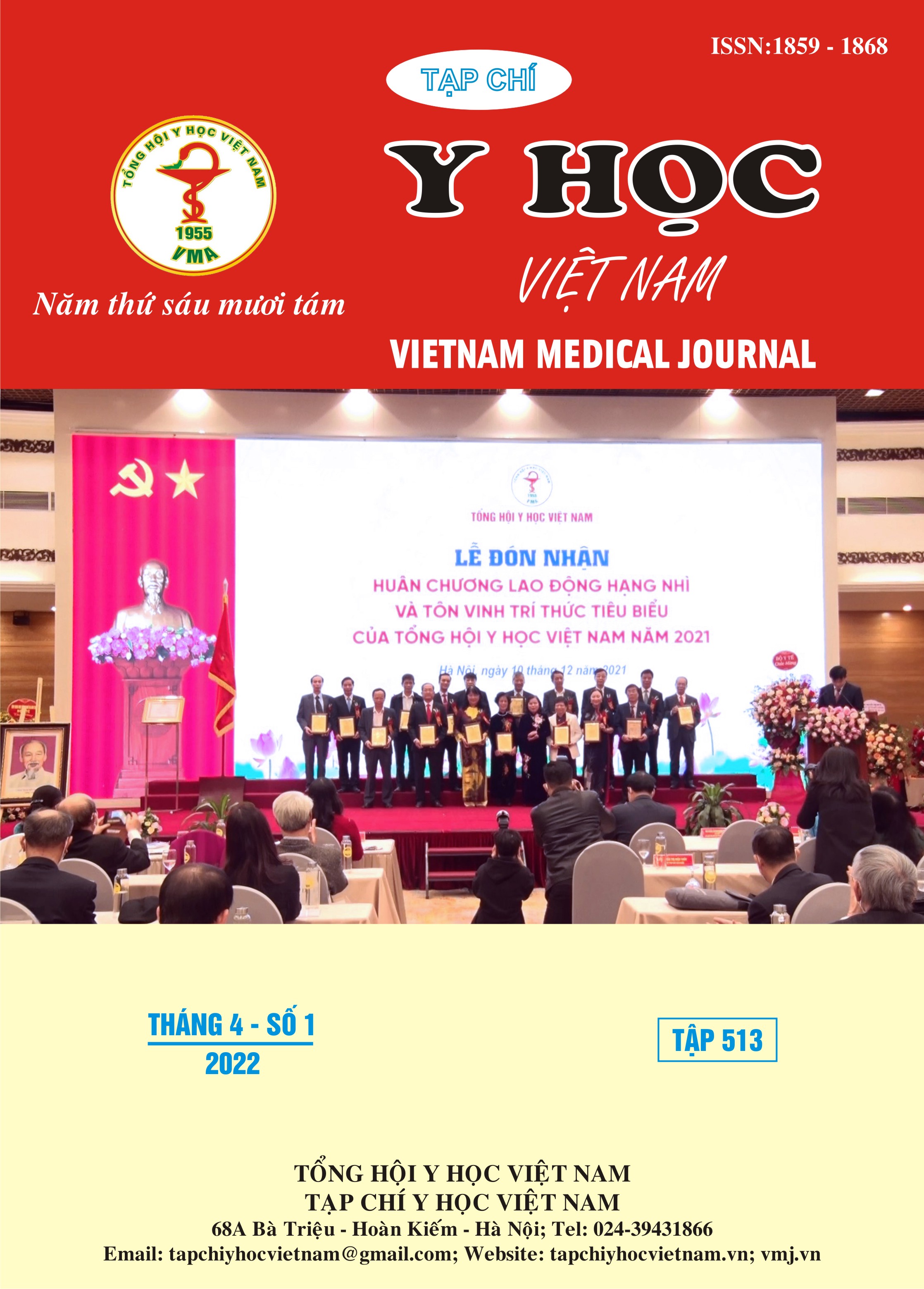HEART RATE VARIABILITY AND ARRHYTHMIC PATTERNS OF 24-HOUR HOLTER ELECTROCARDIGRAPHIC MONITORING AMONG VIETNAMMESE WITH CARDIOVASCULAR DISEASE
Main Article Content
Abstract
Background: A Holter electrocardiogram is an effective tool to monitor cardiac arrhythmias in the general population and patients with cardiovascular diseases in particular. Data on heart rate variability characteristics as well as arrhythmia patterns in patients with cardiovascular disease are limited in Vietnam. Objective: The purpose of our study was to describe electrocardiographic changes and major arrhythmia abnormalities on the 24-hour Holter electrocardiogram in patients with cardiovascular disease. Materials and Methods: This was a descriptive cross-sectional study. The study included 178 patients with cardiovascular disease assigned to attach Holter electrocardiogram. Use the Philips Holter DigiTrak XT 5-electrode system for ECG recording and analysis. Results: Among 178 patients, the mean age was 54.6 ± 16.2 years and woman represented for 49.4% (170/142). The most common complaint symptoms were palpitations (35.4%) and 9.6% of patients have no initial symptoms. History of arrhythmias, hypertension, and coronary artery disease with rates of 46.1%, 30.2%, and 27.5%, respectively. Most of the patients in the study had a baseline Holter rhythm that was a sinus rhythm. There were 68/178 (38.2%) patients with major arrhythmia on the Holter 24-hour electrocardiogram. Supraventricular tachycardia, ventricular tachycardia, bradycardia, and frequent premature ventricular contraction accounted for 15.7%, 6.2%; 10.7% and 12.4%, respectively. Conclusions: The study revealed that in patients with cardiovascular disease who were indicated for 24-hour Holter electrocardiogram, palpitation was common symptoms. About a one third of the study patients found major arrhythmias on a 24-hour Holter electrocardiogram, in which supraventricular arrhythmias and frequent premature ventricular contraction were the two types of arrhythmias with the highest recorded rates.
Article Details
Keywords
24-hour Holter ECG, arrthrymia, diatary
References
2. Adebayo R. A., Ikwu A. N., Balogun M. O., Akintomide A. O., Ajayi O. E., et al. (2015), "Heart rate variability and arrhythmic patterns of 24-hour Holter electrocardiography among Nigerians with cardiovascular diseases". Vasc Health Risk Manag, 11, pp. 353-9.
3. Brugada J., Katritsis D. G., Arbelo E., Arribas F., Bax J. J., et al. (2020), "2019 ESC Guidelines for the management of patients with supraventricular tachycardiaThe Task Force for the management of patients with supraventricular tachycardia of the European Society of Cardiology (ESC)". Eur Heart J, 41 (5), pp. 655-720.
4. Crawford M. H., Bernstein S. J., Deedwania P. C., DiMarco J. P., Ferrick K. J., et al. (1999), "ACC/AHA guidelines for ambulatory electrocardiography: executive summary and recommendations. A report of the American College of Cardiology/American Heart Association task force on practice guidelines (committee to revise the guidelines for ambulatory electrocardiography)". Circulation, 100 (8), pp. 886-93.
5. Priori S. G., Blomström-Lundqvist C., Mazzanti A., Blom N., Borggrefe M., et al. (2015), "2015 ESC Guidelines for the management of patients with ventricular arrhythmias and the prevention of sudden cardiac death: The Task Force for the Management of Patients with Ventricular Arrhythmias and the Prevention of Sudden Cardiac Death of the European Society of Cardiology (ESC). Endorsed by: Association for European Paediatric and Congenital Cardiology (AEPC)". Eur Heart J, 36 (41), pp. 2793-2867.
6. Raby K. E., Barry J., Treasure C. B., Hirsowitz G., Fantasia G., et al. (1993), "Usefulness of Holter monitoring for detecting myocardial ischemia in patients with nondiagnostic exercise treadmill test". Am J Cardiol, 72 (12), pp. 889-93.
7. Zipes D. P., Wellens H. J. (2000), "What have we learned about cardiac arrhythmias?". Circulation, 102 (20 Suppl 4), pp. Iv52-7.
8. Miller J.M., Zipes D.P. Diagnosis of cardiac arrhythmia. In: Braunwald E, Zipes DP, Libby P, Bonow R, editors. Branwald’s heart disease: a textbook of cardiovascular medicine. 7th ed. Philadelphia: Elsevier Sunders; 2004. p. 697- 712.


